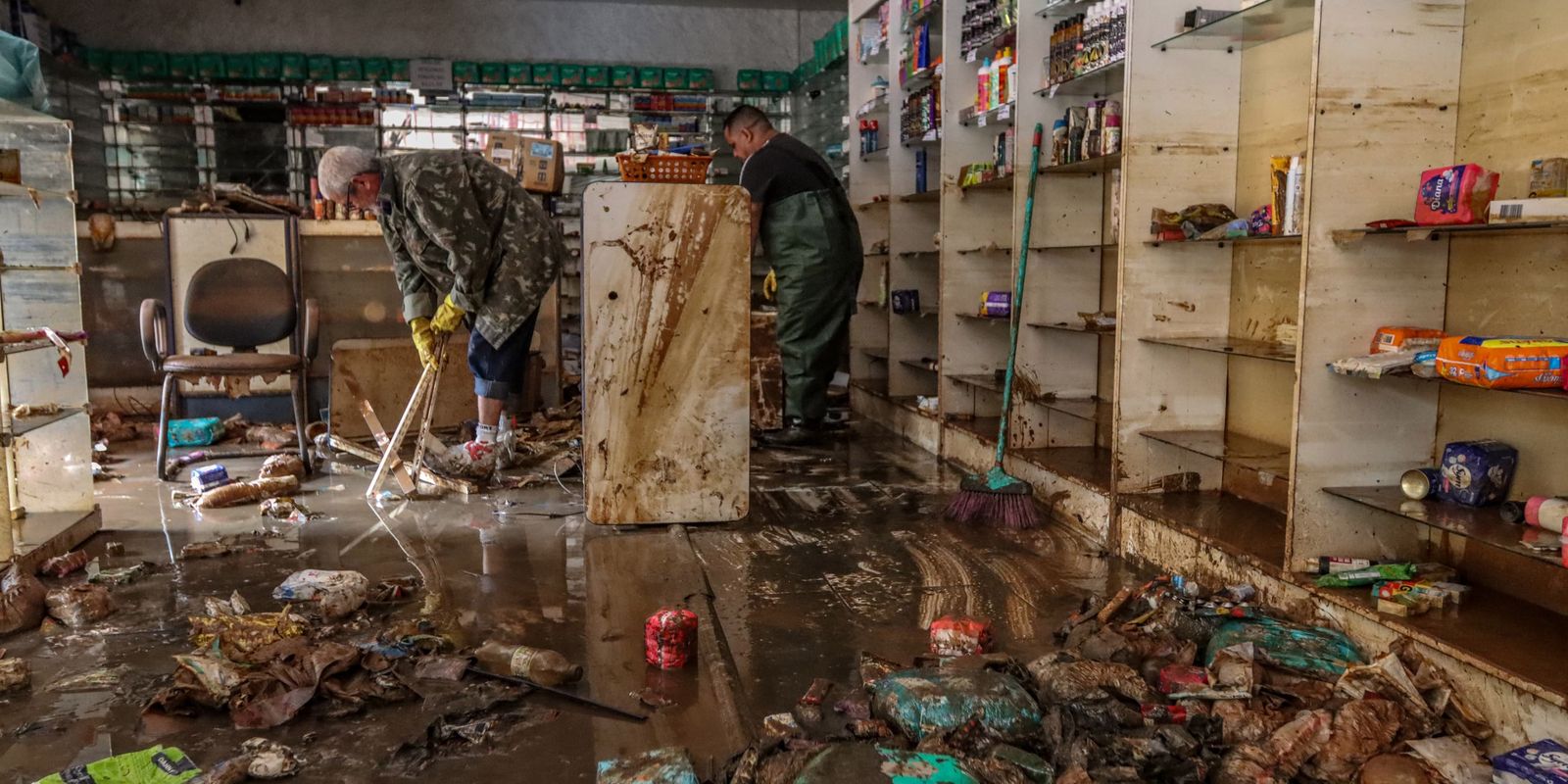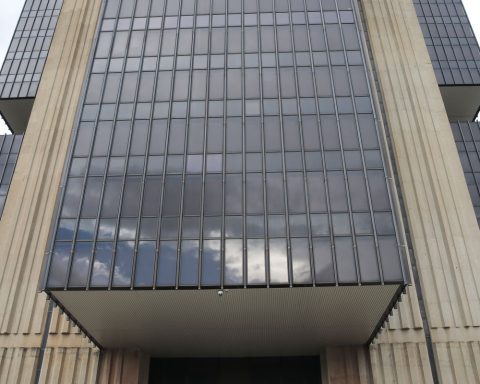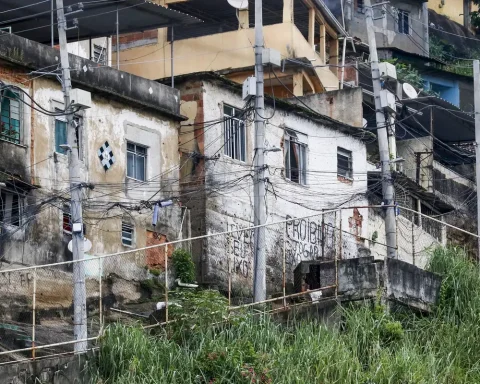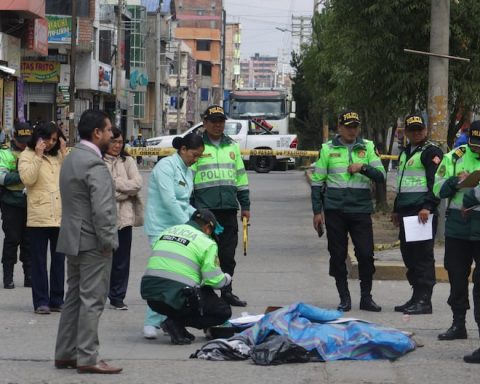The first effects of the floods on the economy of Rio Grande do Sul have begun to be measured. In May, economic activity in the state fell 9% compared to April, the Central Bank (BC) announced this Wednesday (17), which published the Regional Economic Activity Index (IBCR). Compared to May 2023, the indicator fell 3.9%.
This was the largest drop for the state since the indicator began to be released in 2002. Rio Grande do Sul’s performance caused economic activity in the Southern Region to fall by 3.3% compared to April. Compared to the same month last year, activity still registered growth of 0.7%, in unadjusted data.
In the comparison between regions, the Central-West, driven by the harvest, grew 2.2% in May compared to April, followed by the Southeast, with an expansion of 0.4%. Economic activity, however, shrank in the North (-0.3%) and Northeast (-1%). Compared to May last year, the indicator grew in all regions, driven by the Central-West (3.6%), Northeast (3.1%) and Southeast (2.7%).
Released with a two-month delay, the IBCR was one of the first indicators to measure the economic impact of the climate disaster in Rio Grande do Sul. The indicator functions as a regional version of the Central Bank’s Economic Activity Index (IBC-BR), which functions as an estimate of the Gross Domestic Product (GDP).
Last month, the Federal Revenue Service announced that federal tax collection in the state fell by R$4.4 billion in May compared to May 2023, in figures adjusted for inflation. The loss in revenue, however, is inflated because the Revenue Service postponed the payment of several federal taxes in the state for two or three months, depending on the tax or contribution.
Regarding state scenarios, the Central Bank only discloses the performance for 13 states: Amazonas, Bahia, Ceará, Espírito Santo, Goiás, Minas Gerais, Pará, Paraná, Pernambuco, Rio Grande do Sul, Rio de Janeiro, Santa Catarina and São Paulo. Compared to April, the largest increases were recorded in Pará (+2.8%), Ceará (+2%) and Espírito Santo (+1.8%). In addition to Rio Grande do Sul, the main declines occurred in Santa Catarina (-1.1%) and Minas Gerais (-0.5%).

















